- No products in the cart.
Atenolol tabs n / 100mg film about 30 pieces of ozone
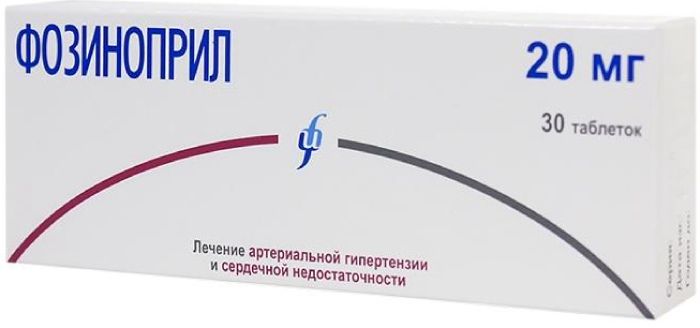
Fosinopril 20mg tabs 30 pcs Izvarino Pharma
$10.61
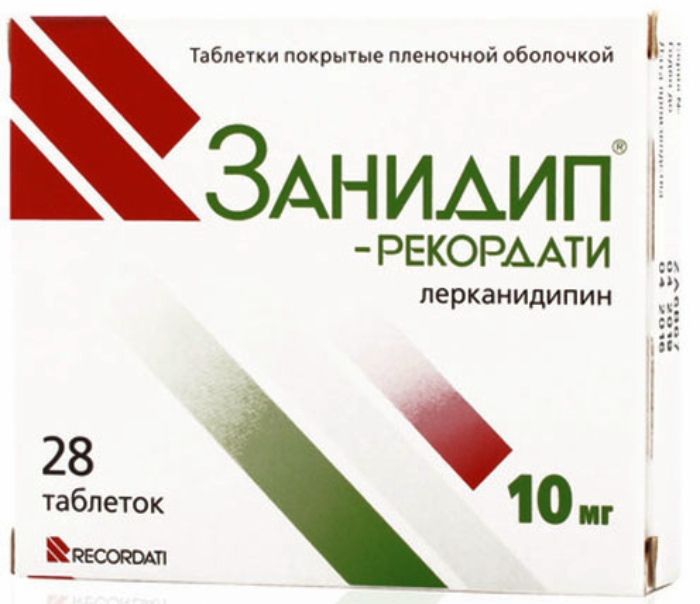
Zanidip-rekordati tab p / 10 mg of the film 28 pc
$7.45
$0.57
Atenolol tabs n / 100mg film about 30 pieces of ozone
SKU: 0902116392 Categories: Heart and blood vessels, High pressure, Medicaments Tags: atenolol, OZONE generics
Description
Composition
Active substance:
1 tablet contains: Atenolol – 25.0 mg; 50.0 mg or 100.0 mg.
Product form:
Tablets, film-coated, 25 mg, 50 mg, 100 mg. 10, 30 tablets in blisters of PVC film and aluminum foil printed patent. 10, 20, 30, 40, 50 or 100 tablets per plastic jars for medicaments. One jar or 1, 2, 3, 4, 5 or 10 contour cell packages together with instructions for use placed in a cardboard box (pack).
Contraindications
Increased sensitivity to the drug, cardiogenic shock, atrioventricular (AV) block II-III art. (Without the pacemaker of the heart), bradycardia (heart rate less than 60 bpm. / Min.), Sick sinus syndrome, sinoatrial block, acute or chronic heart failure decompensation, cardiomegaly without signs of heart failure, Prinzmetal angina, hypotension ( in the case of myocardial infarction, systolic blood pressure less than 100 mm Hg. v.), lactation, simultaneous reception of monoamine oxidase (MAO inhibitors), age 18 years (efficacy and safety s is not installed) product. Severe asthma and chronic obstructive pulmonary disease (COPD) in history, pheochromocytoma (without simultaneous application of alpha-blockers), severe peripheral circulatory disorders. Precautions application: diabetes mellitus (may mask symptoms of hypoglycemia), hypoglycemia, metabolic acidosis holding desensitizing therapies, chronic obstructive pulmonary disease, bronchospasm (history), AV block I degree, chronic heart failure (compensated), disturbances of peripheral circulation, pheochromocytoma (with simultaneous application of alpha-blockers), liver failure, myasthenia gravis, thyrotoxicosis, depression (including history), psoriasis, elderly vozras ie, pregnancy, surgery.
Dosage
100 mg
Indications
Arterial hypertension; prevention of angina attacks (except Prinzmetal angina); cardiac arrhythmias: sinus tachycardia, supraventricular tachyarrhythmia prevention, ventricular arrythmia.
pharmachologic effect
Pharmacological group:
Beta1-selective blocker. ATC code S07AV03.
Pharmacological properties:
It has antianginal, antihypertensive and antiarrhythmic action. It has no membrane stabilizing and intrinsic sympathomimetic activity. Decreases catecholamines stimulated formation of cyclic adenosine monophosphate (cAMP) from adenosine triphosphate (ATP), reduces intracellular calcium ion current. In the first 24 hours after ingestion against decrease in cardiac output marked increase in reactive total peripheral vascular resistance which is within 1-3 days gradually returns to the original, and then gradually decreases. The antihypertensive effect is associated with a decrease in cardiac output, a decrease in activity of the renin-angiotensin-aldosterone system, baroreceptor sensitivity and the influence of the central nervous system. Antihypertensive action is shown as a decrease in systolic and diastolic blood pressure (BP), a decrease in shock and cardiac output. The average therapeutic doses has no effect on the tone of the peripheral arteries. Antihypertensive effect lasts 24 hours, during regular use is stabilized by the end of the second week of treatment. Antianginal effect is determined by a reduction of myocardial oxygen demand by decreasing the heart rate (diastole elongation and improving myocardial perfusion) and contractility, as well as decrease the sensitivity of the myocardium to the effects of the sympathetic stimulation. Slows the heart rate (HR) at rest and during exercise. By increasing the end-diastolic pressure in the left ventricle and increased tensile ventricular muscle fibers may increase the oxygen demand, especially in patients with chronic heart failure patients. Antiarrhythmic effect manifested suppression sinus tachycardia and is associated with the elimination of arrhythmogenic effects on sympathetic conductive system of the heart, a decrease in the velocity of propagation of excitation through the sinoatrial node, and lengthening of the refractory period. Inhibits antegrade conduction of impulses and to a lesser extent in the retrograde direction through the AV (atrioventricular) node and an additional conducting paths. The negative chronotropic effect appears after 1 h after administration, reaching a maximum after 2-4 hours, until 24 hours. Decreases sinus node automaticity, slows heart rate slows AV conduction reduces the contractility of the myocardium, reducing myocardial oxygen demand. It reduces the excitability of the myocardium. When applied in high therapeutic doses has a less pronounced effect on smooth muscles of bronchi and peripheral arteries than nonselective beta-blockers. Increases the survival of patients with myocardial infarction (reduces the incidence of ventricular arrhythmias and angina attacks). Almost does not weaken the bronchodilatory effect of isoprenaline. In contrast, non-selective beta-blocker when administered in high therapeutic doses has a less pronounced effect on organs containing beta 2-adrenoreceptors (pancreas, skeletal muscles, smooth muscles of peripheral arteries, bronchial and uterine) and carbohydrate metabolism. To a lesser extent has a negative BATM, chrono, foreign-and Dromotropic. When used in large doses (over 100 mg / day.) Exerts a blocking effect on both the beta-adrenoceptor subtype.
Pregnancy and breast-feeding
Application of pregnancy and lactation is possible if the benefit to the mother outweighs the risk of side effects in the fetus and child.
Conditions of supply of pharmacies
Prescription.
Dosing and Administration
Assign inside before a meal, not liquid, squeezed small amounts of liquid. Arterial hypertension. Treatment starts with Atenolol 50 mg 1 time per day. To achieve a stable antihypertensive effect requires 1 to 2 weeks of treatment. With insufficient expression of the antihypertensive effect dose was increased to 100 mg in one portion. Further increase in the dose is not recommended, as it is not accompanied by increased therapeutic effect. In ischemic heart disease, heart rhythm disturbances tahisistolicheskoy -50 mg 1 time per day. Angina. The initial dose is 50 mg per day. If during the week is not an optimal therapeutic effect, increasing the dose to 100 mg per day. Elderly patients and patients with impaired renal excretory function requires correction dosing regimen. In the presence of renal failure recommended dose correction according to the creatinine clearance. In patients with renal failure at values of creatinine clearance greater than 35 mL / min. / 1.73m2 (normal values are 100-150 ml / min. / 1.73 m2), atenolol significant accumulation occurs. Patients who are on hemodialysis, atenolol administered 25 or 50 mg / day immediately after each dialysis that should be carried out in stationary conditions, as it can have a reduction in blood pressure. In elderly patients, the initial single dose – 25 mg (can be increased under the control of blood pressure, heart rate). Increasing daily dose of 100 mg are not recommended, as the therapeutic effect is not enhanced, and the likelihood of side effects increases.
Information
Appearance may differ from that depicted in the picture. There are contraindications. You need to read the manual or consult with a specialist
Additional information
| Weight | 0.100 kg |
|---|---|
| Manufacturer | OZONE generics |

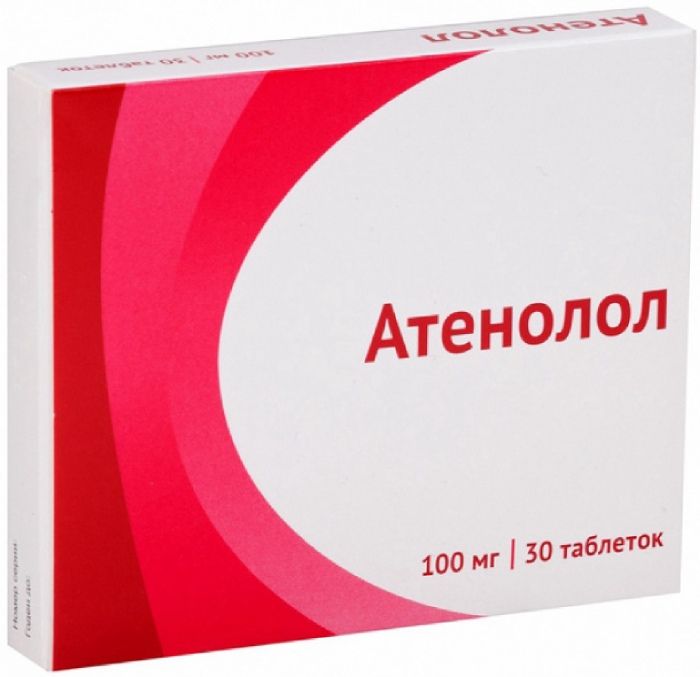
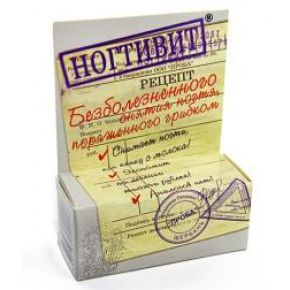

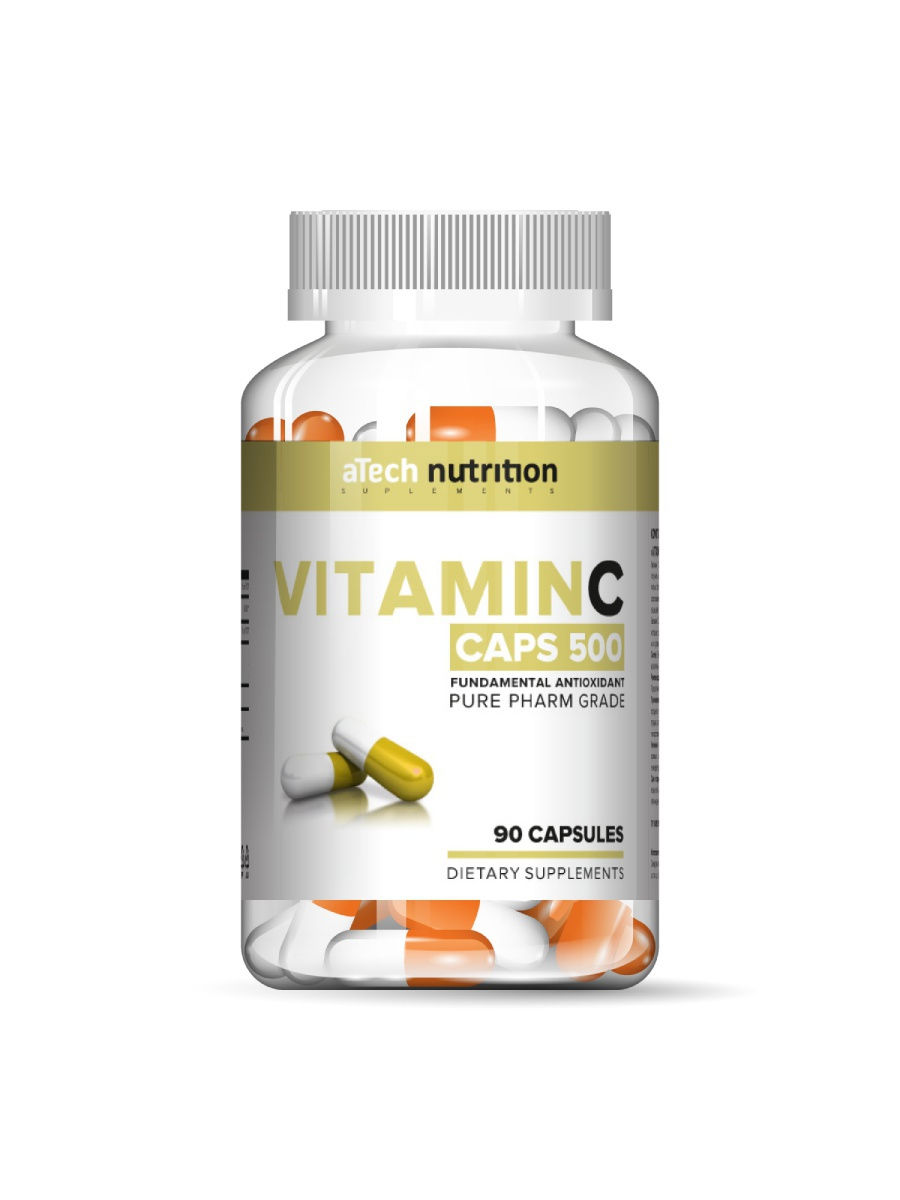
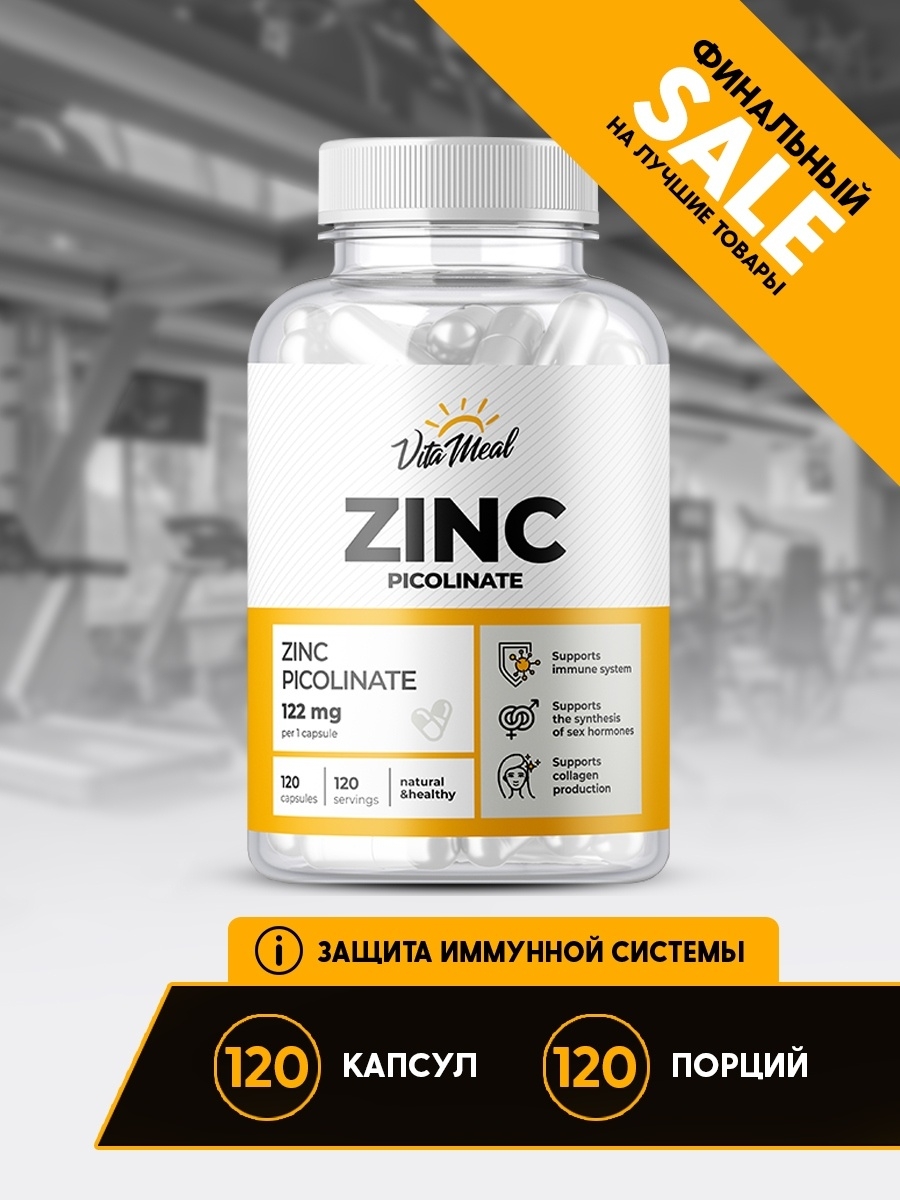
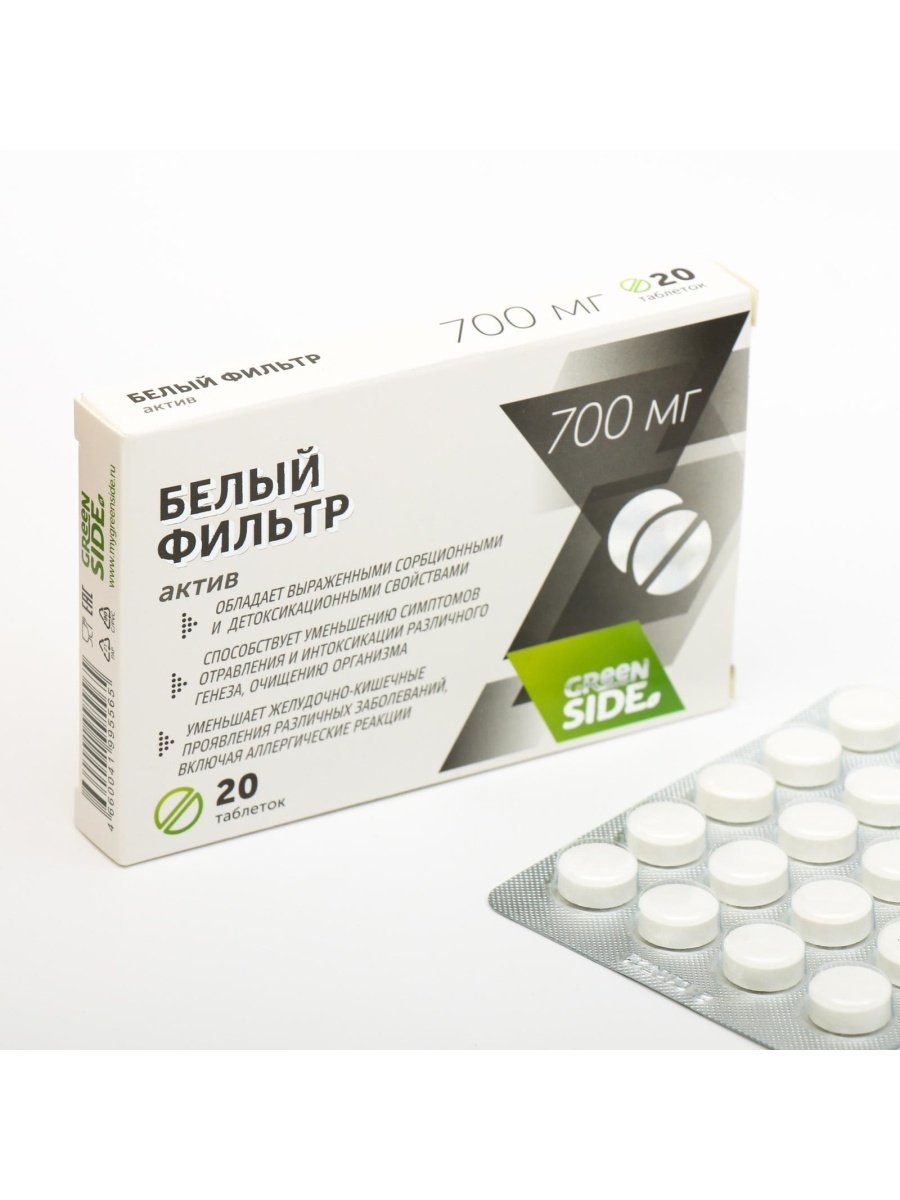
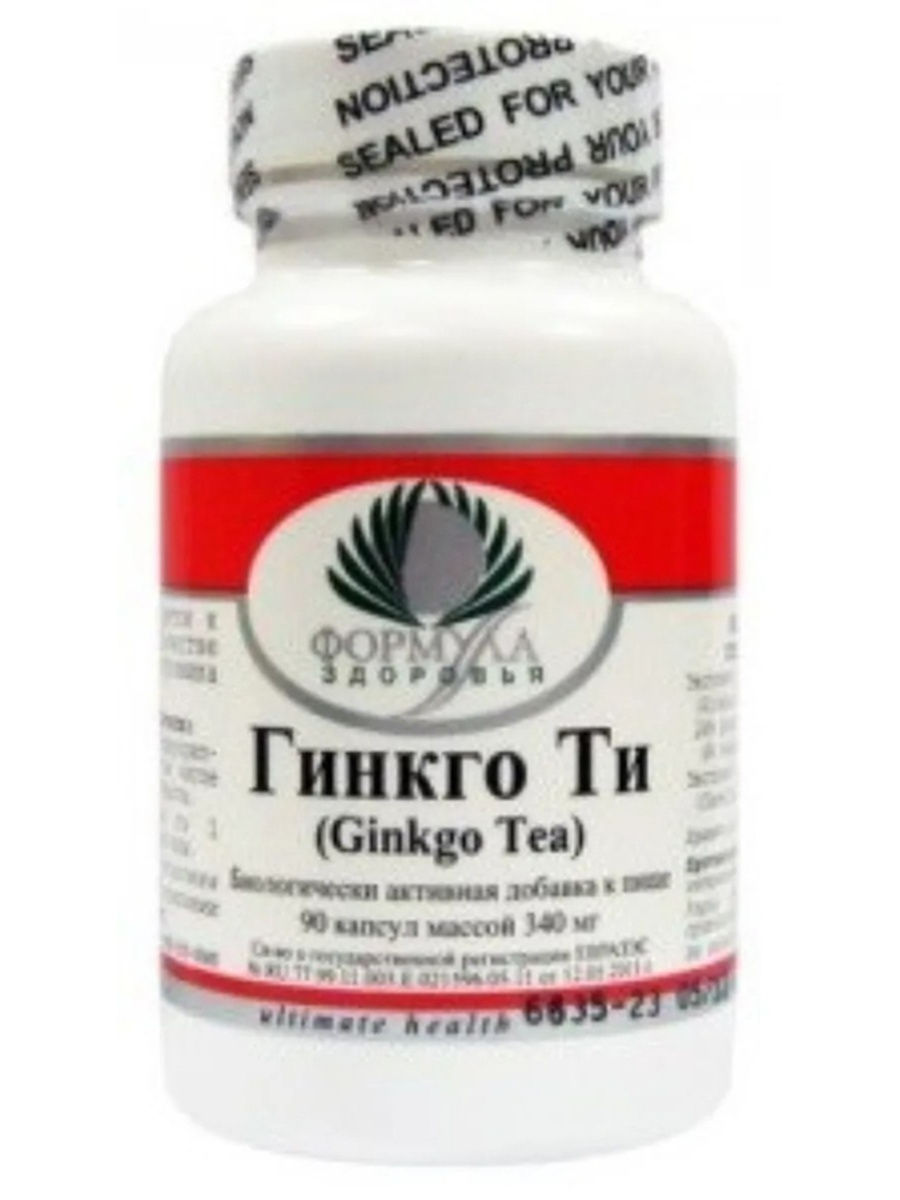



There are no reviews yet.